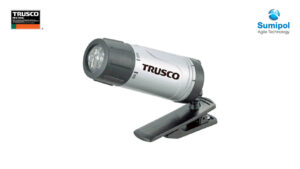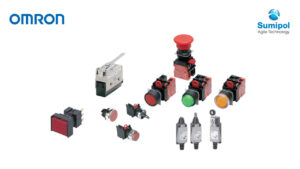“Non-sparking” tools are therefore used to reduce sparks and are used in environments with a risk of ignition or explosion. It is therefore essential to operate in accordance with the steps in the risk assessment. Most importantly, the amount of gas is checked at specified intervals to prevent the gas in that area from being at risk of ignition or explosion. Equipment that is “explosion proof”, such as electric motors, and ventilation is used to prevent the gas and oxygen mixture from being at risk of ignition or explosion, using a gas meter to check the level of the mixture at specified intervals. Generally, we think that non-sparking tools should be used in environments with a primary ignition source, but in fact, it also includes:
- Maintenance and repair in environments where flammable liquids, vapors, or dust or combustible residues may be present.
- Collection, holding and transfer of flammable liquids.
- High temperature workplace.
- Working in a confined space.
- Transportation (airports, railways, oil tankers, shipyards).
- Petrochemical and Gas Chemical Operations.
- Use in government areas.
- Waste management utilities, hazardous materials response, using non-sparking tools is the best approach.







